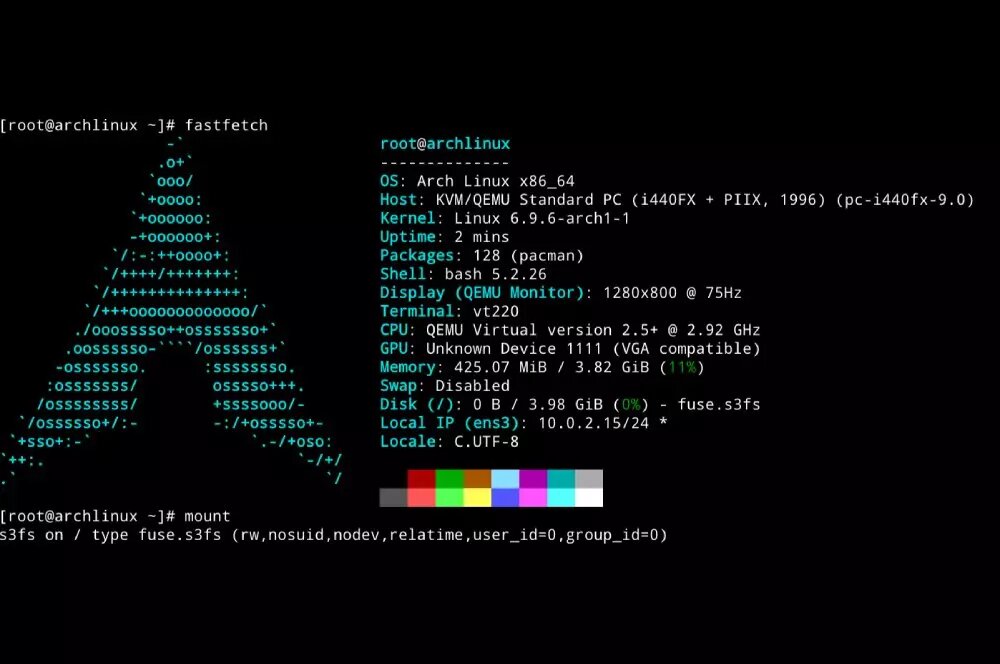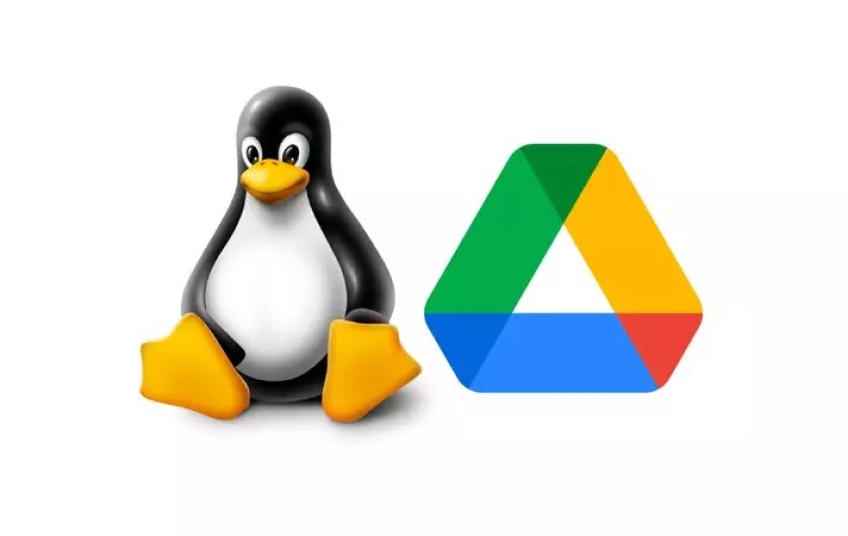Booting Linux from the cloud? One programmer has managed to do it, but not before racking his brains to overcome the many difficulties. This is Ersie, a computer engineering student at Purdue University (United States), who has detailed the entire process on his personal blog.
Although there are not many practical applications for this resource, it does represent a step forward in the trend towards the use of cloud tools, which in the future could present new opportunities for operating from any location with Internet access. For example, Linux could be used from SSH servers or Git repositories.
To install or run an operating system, it was (and still is) necessary to use a USB flash drive, since bootable disks can be created on them. What is innovative about the process carried out by Ersie is that it manages to create a bootable system within Google Drive. After all, as one user comments on the subject, the cloud is nothing more than 'someone else's computer'. In order to carry out the process, it was necessary to control two key elements: FUSE (filesystem in userspace) and the Linux boot process stage.
FUSE is what enables the creation of file systems in user space. Without it, Google Drive would not be able to interact with the Linux boot process. On the other hand, the boot process of this OS had to be carefully considered: during the boot process, the Linux kernel unpacks into RAM a temporary file system known as initramfs, which is used to load the real file system. This step is used to integrate network support and FUSE, making it possible to use Google Drive as a boot medium.

Ersie used the Dracaut project, which allows you to use an existing Linux installation to build custom infrastructures. He also used google-drive-ocamlfuse as the FUSE filesystem for Drive in his first tests, which he performed inside a container.
That is, plagued with difficulties
The student had to deal with various problems along the way, such as root access, networking, faulty symbolic links, and system timeouts. While using ocamlfuse to mount Google Drive on the system, all these difficulties arose, which he eventually overcame with creative solutions. In doing so, Ersie has managed to show the potential of new technologies that allow online use of systems previously designed exclusively for local hardware.
On his blog, Ersie explains that “as silly as this project is, I can think of a few less silly uses, like booting Linux from SSH, or maybe booting Linux from a Git repository and tracking every change in Git using gitfs. The possibilities are endless, despite its mediocre utility”, he says. “If I know one thing about technology, it’s that moving everything to the Cloud is the current trend. As such, I’m prepared to market this to any company that wants to leave behind their unreliable hardware storage and migrate entirely to the Cloud”, he adds, opening the door to possible economic agreements with which to evolve this process.





